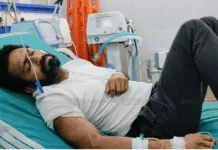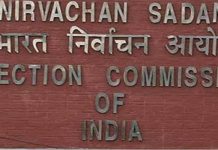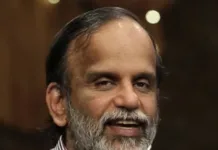Navagrahas or the Nine Planets have importance in Hinduism. Navagrahas are considered to play a major role in deciding the destiny of a human. The Navagrahas are Suryan,Chandran,Kujan, Budhan, Brihaspathi,Shukran,Shani,Rahu and Kethu.These nine planets influence lives and are responsible for all good or bad times in life.
- Suryan(The Sun) – Suryan occupies the central place in the navagrahams.Suryan is faced to the east always.Suryan’s vehicle is a chariot with seven horses on it. The seven horses represent the seven colors. Suryan’s color is red and gemstone is ruby. Doing Surya Namaskaram is a good practice for leading a healthy life.It’s nature is hot and it is the controller of sharpness of mind, beauty and energy of body. It is also the master of successes in life and controls the family affairs along with the Mars. Sun is related to fulfilment of desires, eye diseases, care of eyes, leprosy, skin diseases, span and longevity of life, success in fortune.
- Chandran(The Moon) – Chandran represents the mind, feminine nature, beauty and happiness. Chandran rides the chariot across the sky every night, pulled by ten white horses or an antelope.Mental stability and well being of a person largely depends on the placement of the moon in a horoscope and gemstone is pearl.
- Kujan(The Mars) – Chovva is a ferocious god with four hands. Kujan controls the muscular system of the body and also rules over the nose, forehead and circulatory systems. His vehicle is a type of sheep and his color is red and gemstone is coral.
- Brihaspathi(The Jupiter) – Vyazham is described of yellow or golden color and with a stick, a lotus and his beads. Jupiter symbolizes knowledge, love and spirituality. The planet rules the thighs, flesh, kidney, liver, fat and arterial system and gemstone is Sapphire.
- Shukran(The Venus) – Shukran is the teacher of the demons and the middle aged lord is with four hands riding upon a golden or silver chariot drawn by eight horses. He holds a stick, beads and a lotus.This planet is believed to give more wealth, fortune and luxury living, love and passion. The gemstone is diamond.
- Shani(The Saturn)– Shani is regarded as a troublesome god and is capable of breaking fortunes by his influence.Shani is with four hands riding upon a chariot or a buffalo or a vulture. Shani is seen holding a sword, arrows and two daggers. Saturn symbolizes longevity, misery and grief. The gemstone is Blue Sapphire.
- Rahu – Rahu is described as the head of a demonic snake that swallows the sun and moon, causing eclipses. Rahu is a shadowy planet and do not have any special day dedicated to him. He is depicted in art as a dragon with no body riding on a chariot drawn by eight black horses. When Rahu is affected one faces several miseries and obstacles in the way of success. The gemstone of Rahu is Gomedh.
- Kethu – Kethu is also a shadowy planet and is depicted as the tail of a demon snake with a poke marked body, riding upon a vulture and holding a mace. Kethu is the representation of karmic collections both good and bad, spirituality and supernatural influences. The gemstone of Ketu is Cat’s Eye.























